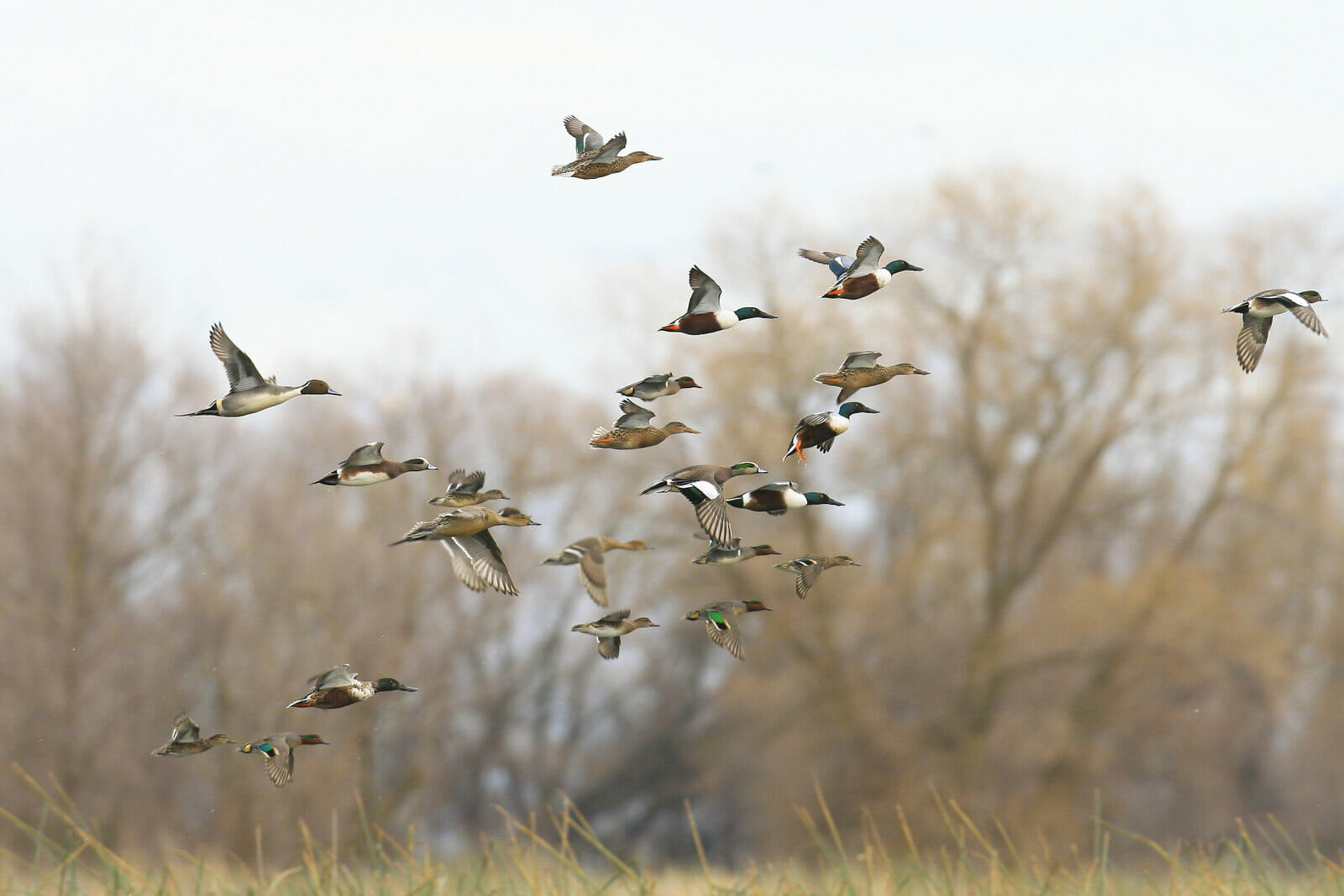National Wildlife Refuges are overlooked (and underfunded) gems of America’s public lands system. We’re working to change that.
The U.S. National Wildlife Refuge System offers some of our country’s most accessible recreation, including fishing. While this system of federal public lands received a slight increase in funding this year and the President’s budget requests an even larger increase in funds, which we deeply appreciate and celebrate, the Wildlife Refuge System still operates on a shoestring budget. As a result, its ability to serve local communities suffers.
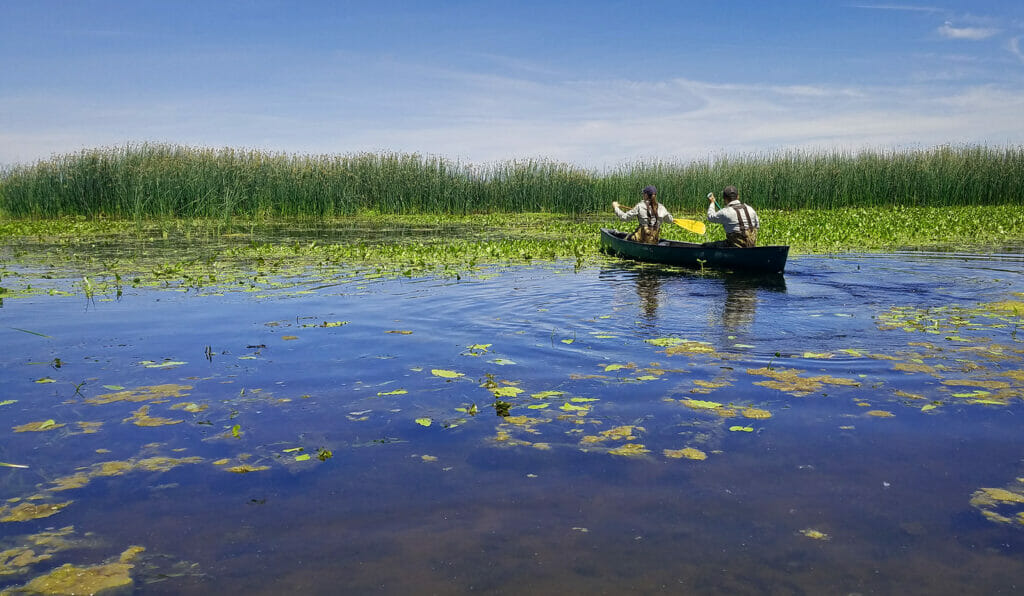
To learn more about the Wildlife Refuge System and its funding needs, I sat down with Julie Rentner from River Partners, a California-based organization dedicated to bringing life back to the state’s rivers, environment, and communities – and whose efforts support the stewardship of the Wildlife Refuge System.
Listen to the full conversation here:
Here are some highlights from our conversation, edited for clarity and length.
Grace: I’d love to hear more about who River Partners is.
Julie: River Partners is an organization that’s been around for twenty-four years and was founded by farmers in the Central Valley of California…who wanted to change the landscape to benefit wildlife, communities, and environmental quality. Since 1998, River Partners has restored over 18,000 acres of floodplains and riparian areas along the major river corridors in California.
Grace: I know River Partners has been a great friend of the Refuge System, that I sometimes describe as the middle child of public lands. It sometimes gets ignored, overlooked, but it’s doing really incredible work and deserves a spotlight. What’s some of the work you’ve done on Refuges?
Julie: I totally agree with you, Grace, that the U.S. National Wildlife Refuge System is this really critical component in the family of land managers and often overlooked or underserved in terms of resources and capacities needed to manage the incredibly abundant Wildlife Refuge System we have across our country.
River Partners has been a deep partner, collaborator, and friend with the National Wildlife Refuge System since its inception. A lot of the acres we have restored over the years are on or have become portions of National Wildlife Refuges, in particular the Sacramento River National Wildlife Refuge and the San Joaquin River National Wildlife Refuge.
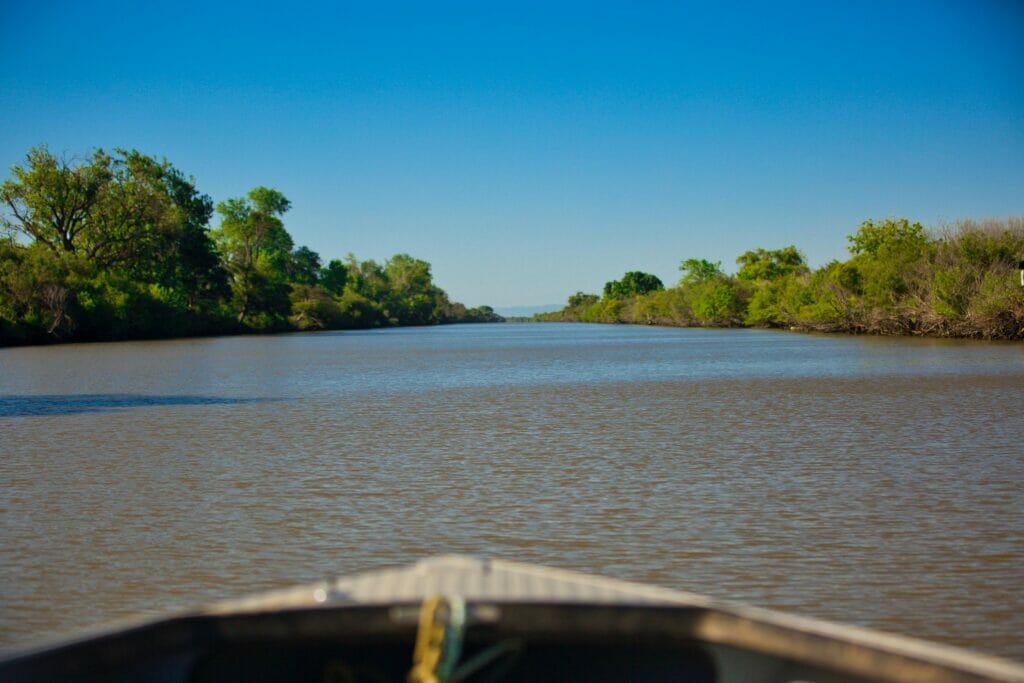
But much more importantly, the Refuge System to us is the appropriate long-term manager for so many river reaches that River Partners has given new life and that are transitioning out of damaging land use practices and into beneficial land use practices. We think that the global connection that the U.S. Fish and Wildlife Service can play in managing wildlife populations is critically important for local, community-based conservation.
Grace: What [impacts from] lack of funding [for the Wildlife Refuge System], have you seen on your local refuges?
Julie: There are two big categories where I feel like lack of funding for refuges is causing real stresses for wildlife and for people. And those categories are around climate change and community engagement.
On community engagement, the lack of funding for refuges leaves refuge managers in a position of being either unable to effectively manage the recreation demands on Wildlife Refuges and develop trail systems or have well-managed access points so the people who live right next to the Refuge can actually enjoy the bounty that’s there.
We’re really missing opportunities. When I talk with people [in local communities], most people I speak with don’t even know that the refuge is there, or they know that it’s there, but they don’t know how they can interact with it. That’s the real travesty of the public Refuge System. These are public lands paid for with tax dollars and it’s really hard, due to lack of funding, capacity, and staff, for people who live nearby to even know it’s there.
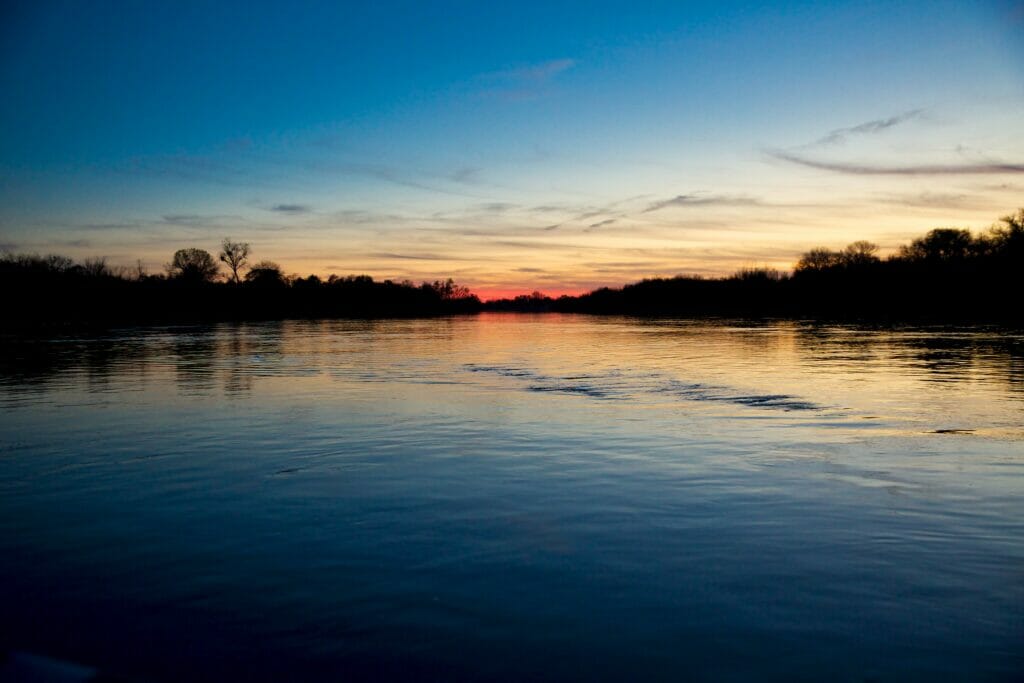
Switching gears to climate change, this is a real, incredible challenge we’re all going to have to grapple with…as our climate continues to shift and get warmer. A whole lot of the refuge management approaches that have worked in the past are going to need deeper investment moving forward.
Grace: With improved funding…what could you see change on refuges?
Julie: With improved funding for the Refuge System here in the Central Valley [of California], what we would see is not just a deeper connection for education programming, even elementary school-aged kids, but also a deeper connection for adults. I think it’s crucial to community health that we find a way to improve access to natural areas that are in our backyard. At current staffing levels [in the Refuge System], this is a major obstacle.
What happens if we don’t have funding is really important.
If we don’t have the money to effectively manage those natural areas along the river’s edge, what we can see is accumulations of polluted water that can cause problems both for people and wildlife. We can see reversion of habitat areas into invasive weeds or other problematic vegetation communities…things that can cause public health problems.
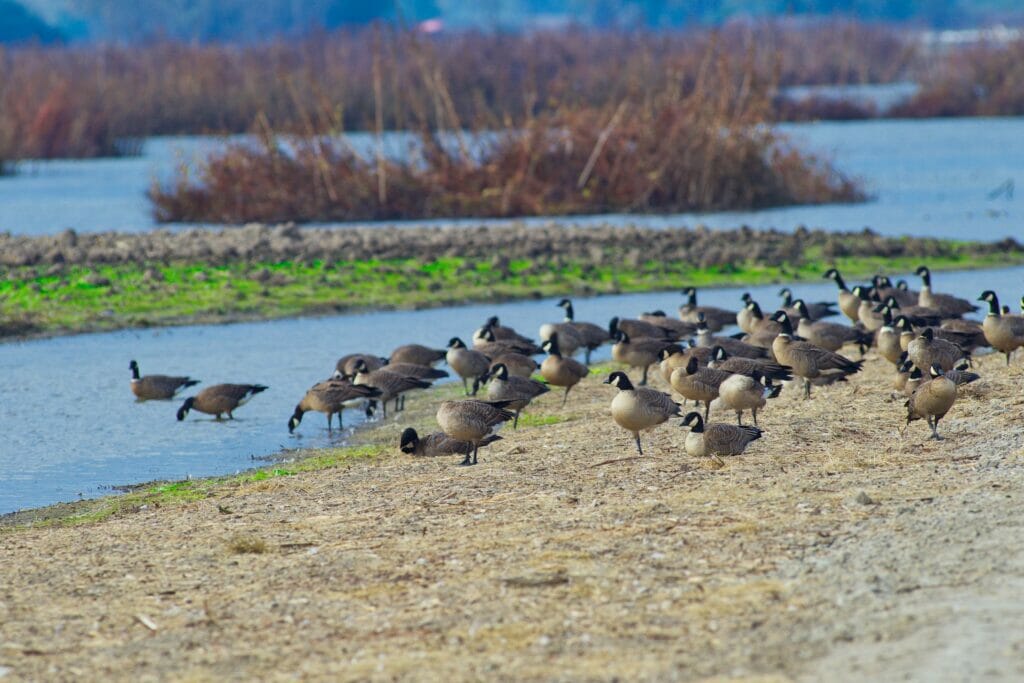
If we don’t do something to improve operational funding for the Refuge System today, climate change is going to make some of those areas into even bigger challenges for local communities moving forward.
With appropriate funding…we can see some of the wildlife management areas repurposed for flood safety and water conservation in ways that have very meaningful outcomes for the complicated water system of California.
Learn more about River Partners at www.riverpartners.org. Follow them on social media (@RiverPartners or @River_Partners) and subscribe for updates on their work at www.riverpartners.org/subscribe.
Find your next fishing spot on your local Wildlife Refuge right here.
Stay tuned for how you can help support this vital public land!



